Time to think about harvest preparations
Summer will be quickly turning to fall and the cool weather this month has slowed crop development and given it a break from the heat and stress of July. Nevertheless, harvest is just around the corner. Evaluating the condition of this year’s crop is important for establishing a solid baseline for next year’s crop. Plan on walking all your fields and collecting stand counts. Remember, yield is always optimized where there are 100,000 plants per acre, evenly distributed across the field. You may have planted 140,000 or 160,000 seeds, but it only takes 100,000 plants to maximize yield. Also, [...]
Controlling SDS: What are your options?
Biologicals are a valuable tool today in preventing Sudden Death Syndrome (SDS). “SDS and white mold are two significant fungal diseases in soybean production in the U.S., affecting 40 to 50 million acres in the north-central region. Yield losses can be as high as 50 percent in fields having severe infestation. Outbreaks of the two diseases occur in seasons with different temperatures. Therefore, these two diseases threaten the sustainable production of soybean in the North Central Region,” explained Dr. X.B. Yang, Iowa State University. To date, SDS (caused by Fusarium virguliforme) remains one of the major yield robbing diseases [...]
Follow-up to Postemergence Weed Control in Soybeans
Weeds are tough to control today, but throw in weather-related issues and it’s a recipe for disaster. This season we are facing some tough weed challenges in Illinois. In my blog last month I reviewed the weed control struggles I have been seeing this season. I have since had the opportunity to evaluate herbicide applications on some of this season’s more difficult weeds, and here is what I have found. Marestail – In my experience, the best control of this weed was made with an application of Classic® and Resource® together. That application seems to have killed most of [...]
PODCAST: Stinkbugs, The Pest to Watch Out For This Year
There may be a new enemy for Illinois soybean farmers—and a stinky situation at that. Join CCA Soy Envoy Stephanie Porter in this latest podcast to learn about the pest to watch for this August—the stink bug. There are several different species of stink bugs, but the enemy for Illinois soybean farmers is the Brown Marmorated Stink Bug. Known as an agricultural pest, it commonly feeds on fruits and vegetables. However, it is quite the hitchhiker and will easily spread to other crops, such as soybeans. In soybeans, the stink bug will use its piercing, sucking mouthparts to poke [...]
Soybean Aphid Making Their Presence Known
This article was originally posted by the Purdue Cooperative Extension. Numbers vary considerably from field to field. Recent cooler temperatures favored aphid development. Treatment threshold and application guidelines given below. Soybean aphids have begun to show up in a few northern Indiana soybean fields, some are reportedly over threshold. Because of the tremendous variability in aphid numbers from field to field, diligent scouting NOW can pay big dividends. Aphids are relatively easy to scout for, identify and (for now at least) can be readily controlled using a variety of relatively inexpensive insecticides. The following is a quick scouting review: [...]
Maturity Group Musings: Top 10 Facts You Should Know about Soybean Maturities
Are the maturity groups you’re planting the right ones for your yield goal? Soybean development and maturity is related to day length or, more specifically, duration of darkness. Growers plant a soybean maturity that develops based on the photoperiod when they farm, usually with a range of ±0.5. If their average maturity is a 3.0, for example, they may choose a range from 2.5 to 3.5 so the crop matures at different times. When deciding on the proper maturity consider the following. Maturity of a soybean variety is the length of time from planting to physiological maturity (just prior [...]
IF You Don’t Use a PRE, Don’t Call Me
Season-long weed control in soybean crop production begins with the use of a soil herbicide applied pre-emergence (PRE). The most consistent control of weeds is achieved when weeds are germinating and most vulnerable, making a PRE most effective. The most inconsistent control of weeds is achieved with post-emergence (POST) applications of herbicides. However, regardless of the application timing, herbicides with effective sites of action are required to control the weeds that may be in soybean producers’ fields and reduce the selection pressure for resistant weed biotypes. One needs to understand the history of weed control in Illinois to prevent [...]
Soybeans and Nitrogen Management
Soybeans require a lot of nitrogen, but before applying supplement, recognize yield potential and available soil resources. We are getting to the point in the season where you may be considering adding nitrogen to your soybeans. My advice – once your yield potential exceeds more than 65 bushels per acre (Bu/A) of soybeans, I would consider adding supplemental nitrogen. Now, you’re probably thinking to yourself, “Don’t soybeans supply their own nitrogen?” Well, the answer to that question is – it depends. If the yield goal of the soybeans is less than 65 Bu/A, the soybeans typically can produce enough [...]
CSI: Crop Soy Investigation
With the growing season rapidly progressing, it’s coming down to the final push for producing a top soybean crop. It’s amazing how soybean yields come down to a few weeks in August. My grandfather always said August rains make beans. Unlike corn, where rain at several key growth stages is important to produce good yields. Bean yields can be summed up by how many pods produce beans and how much each bean weighs. Many parts of Illinois have received adequate rainfall over the last few weeks that will help support beans as they enter pod-fill stages. With rainfall comes [...]
Seeking Farmer Partners for Research Study: Suppressing SCN Populations
The Illinois Soybean Association is seeking farmer partners for a study to validate the hypothesis that wheat straw can suppress soybean cyst nematode (SCN) populations. A blog posted on ILSoyAdvisor.com this spring titled, “Managing SCN: New tactic might be emerging,” explained how wheat straw and other cover crops can potentially reduce SCN populations. The study will be conducted with wheat planted this fall and soybeans planted next summer. It will be harvested in the fall of 2018. The project is being coordinated by ISA Technical Coordinator Dan Davidson, Ph.D., and executed by Jason Bond, Ph.D., Southern Illinois University-Carbondale professor, [...]

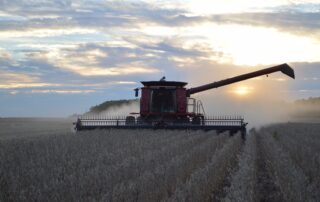
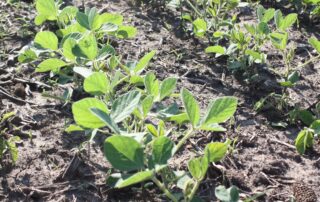
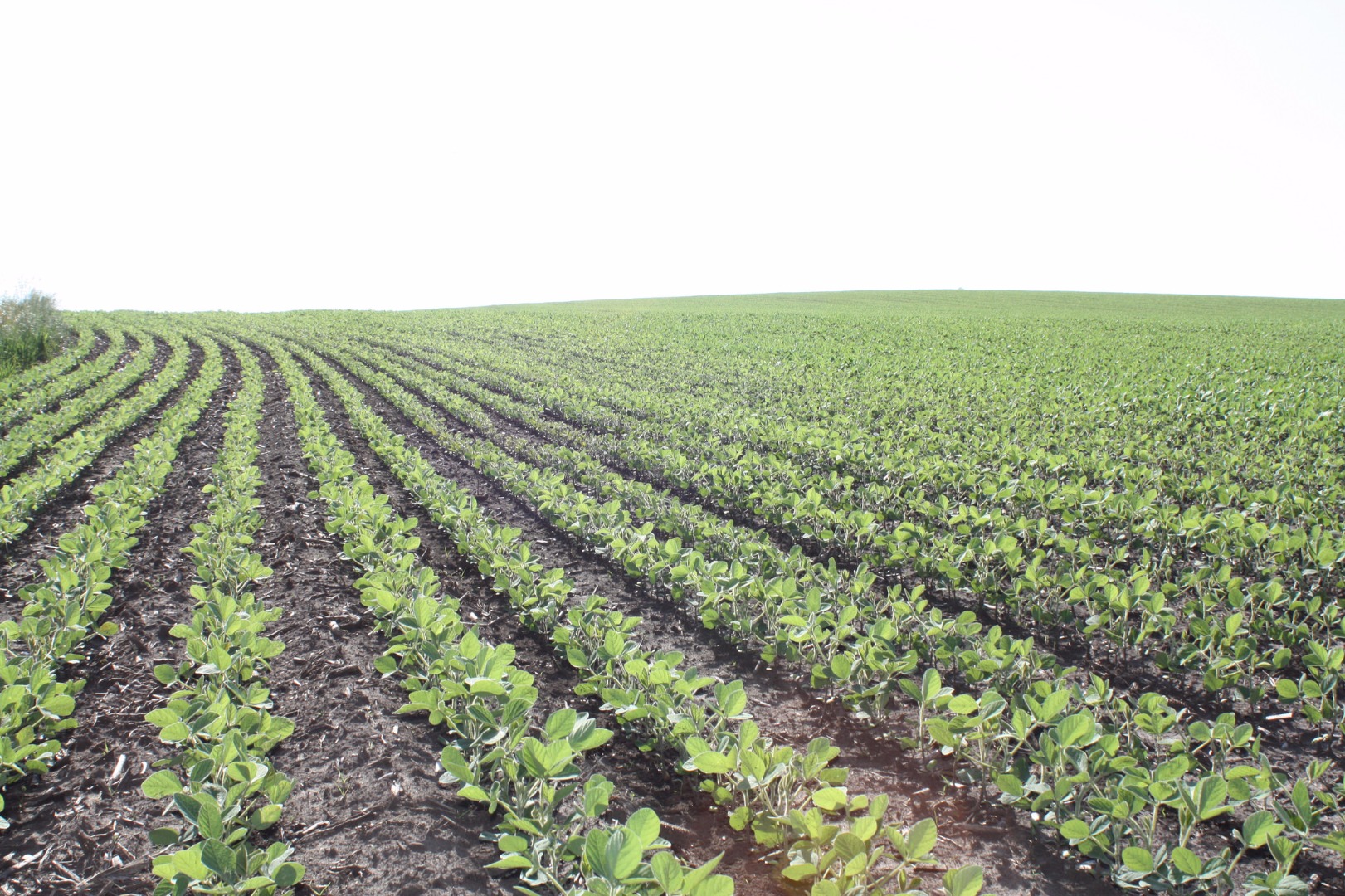
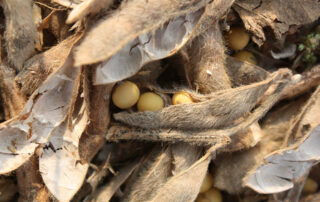
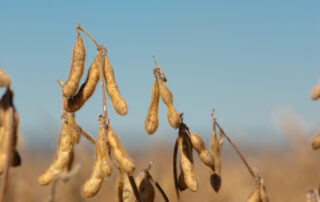
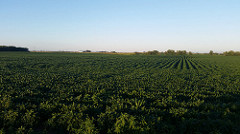
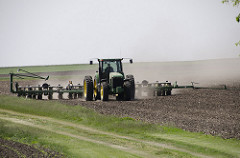
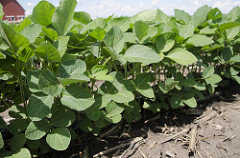
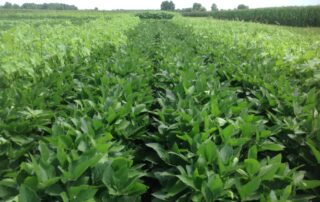
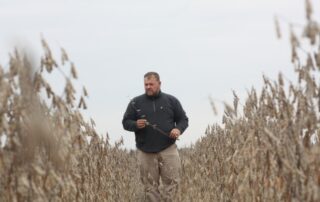



 and then
and then